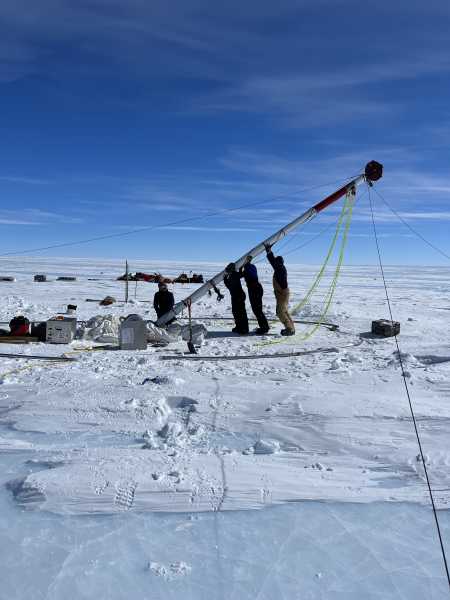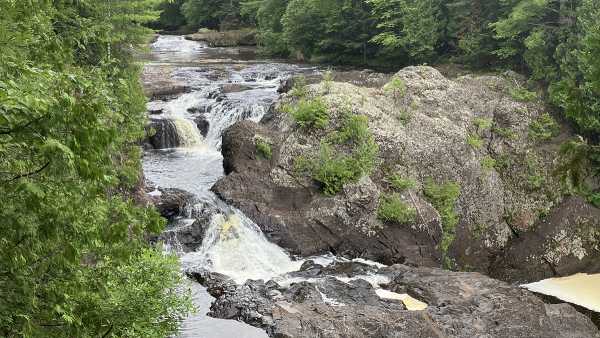
Researchers studied the Freda Formation near Wisconsin's Potato River Falls to gain a better understanding of the evolution of Earth's landforms. (Photo: Anthony Fuentes)
About 1.1 billion years ago, the oldest and most tectonically stable part of North America, known as Laurentia, began to move rapidly southward, heading toward the equator. As a result of the Grenville orogeny, it collided with other continental masses, forming the supercontinent Rodinia.
The trajectory of Laurentia's movement has been reconstructed using paleomagnetic data. By analyzing the magnetization and orientation of the lithosphere rocks, scientists were able to determine the approximate position of the ancient continent before it merged into Rodinia.
Of particular interest are the Lake Superior rocks of northern Wisconsin and Michigan. These formations, which include red sandstones, silts, and fine conglomerates, were formed by massive sedimentation associated with the North American Mid-Continental Rift. Rich in iron-bearing minerals such as hematite, they preserve a paleomagnetic record that reflects the position of the rocks relative to the Earth's magnetic poles at the time of their formation.
You might be interested
-
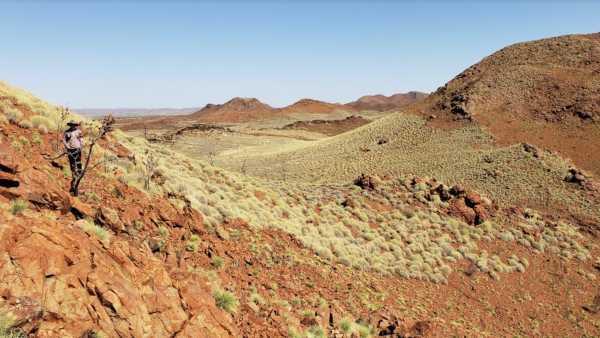
Study raises important questions about Earth's 'oldest' meteorite crater
-

400-mile chain of fossilized volcanoes discovered in China
-

New Evidence Found of Giant Mantle Superplume Dividing Africa
A limitation for researchers remains the gap in paleomagnetic data between 1075 and 900 million years ago, making it difficult to reconstruct the details of Rodinia's formation.
To fill it, Fuentes and his colleagues collected samples from the Freda Formation, which formed in floodplain conditions about 1045 million years ago. Combining the new data with stratigraphic age modeling allowed them to estimate the position of the ancient magnetic pole during the corresponding geological period.
RELATED MATERIALS
— The thermal anomaly under the Appalachians arose after the separation of Greenland from North America and is moving towards New York.
— A massive landslide in the Grand Canyon 56,000 years ago may have been caused by the impact of a large meteorite.
— Rocks in Canada that are 4.16 billion years old may be the oldest on the planet.
Previous studies had suggested that Laurentia moved from 60° to 5° north latitude at a rate of up to 30 cm/year over 30 million years (1110–1080 million years ago), faster than the Indian Plate before it collided with Eurasia. The new data indicate that over the next 30 million years, the rate slowed to 2.4 cm/year as it approached the equator.
The slowdown in continental motion during the Freda formation coincides with the onset of the Grenville orogeny, confirming the absence of a “stagnation stage” with a single lithospheric plate instead of many separate blocks.
The original article was published on Eos.org.
TOPICS tectonic processes

Aaron SidderScience Journalist
Aaron Sidder is a freelance journalist based in Denver, Colorado, with a master's degree in environmental science from the University of Colorado. In 2016, he was an AGU AAAS Fellow at National Geographic. His work has appeared in Eos, National Geographic Kids, Smithsonian, 5280 Magazine, and the Santa Fe Institute.
Please verify your name before posting your comment.
Please sign in to your account again to set your display name.
Exit Next in feed
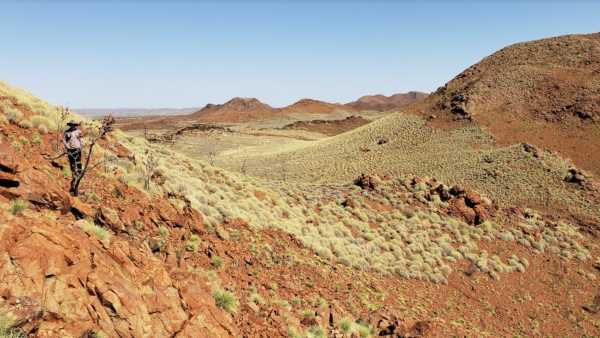
Study raises important questions about Earth's 'oldest' meteorite crater

400-mile chain of fossilized volcanoes discovered in China
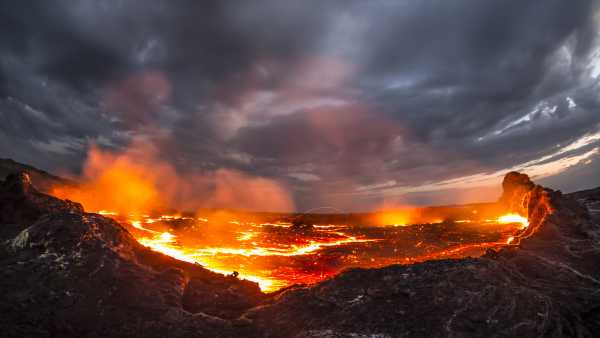
New Evidence Found of Giant Mantle Superplume Dividing Africa
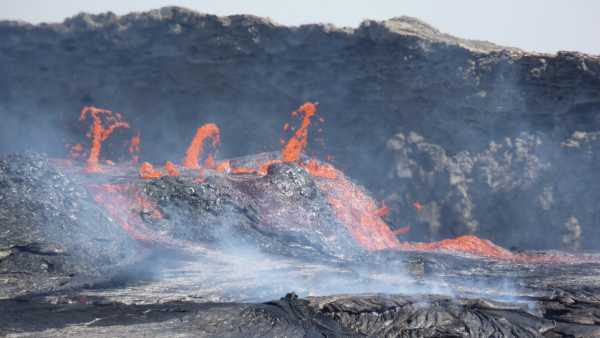
'Earth's Heartbeat': Rhythmic Mantle Plume Forms New Ocean Beneath Ethiopia
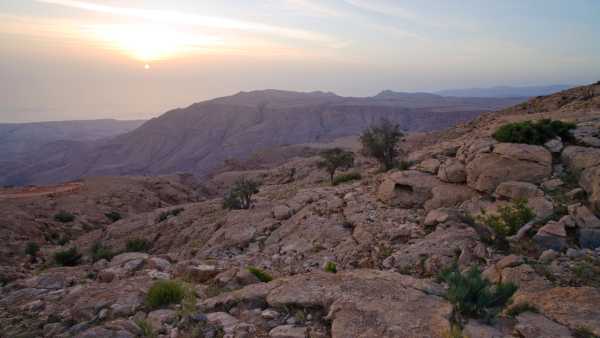
'Ghost' Mantle Plume Under Middle East Explains History of India's Move
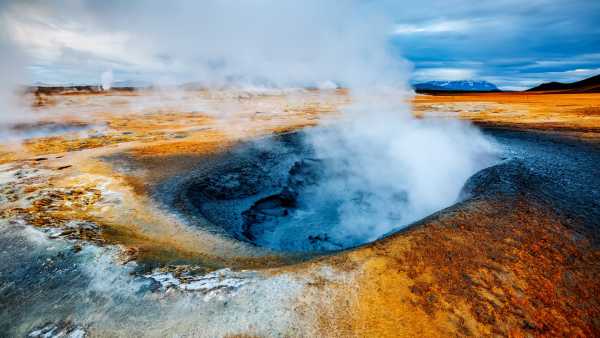
Deep Earth structures linked to megavolcanic eruptions
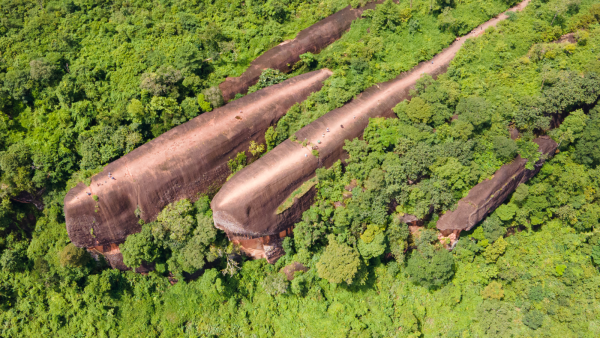
Three Whales Rock: 75-Million-Year-Old Giant Formations in Thailand Floating Above Forest
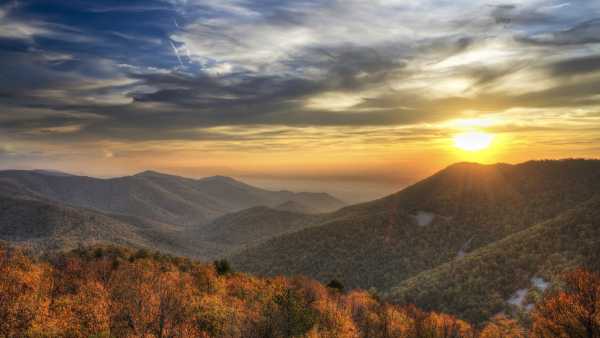
Heat anomaly beneath Appalachia moves toward New York

Why do diamonds have different colors?
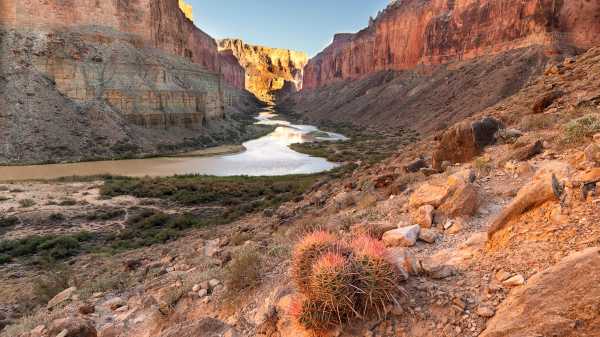
Giant Meteor Impact May Have Caused Grand Canyon Landslide 56,000 Years Ago
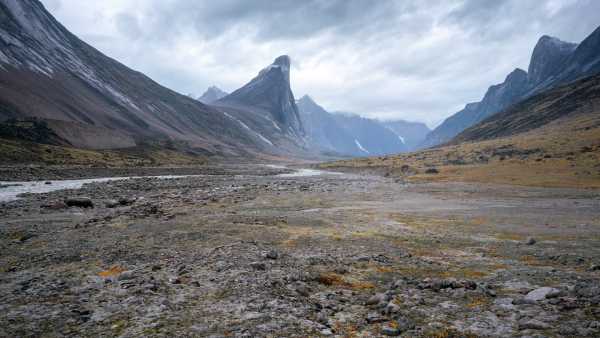
Mount Thor: The Largest Vertical Slope on Earth
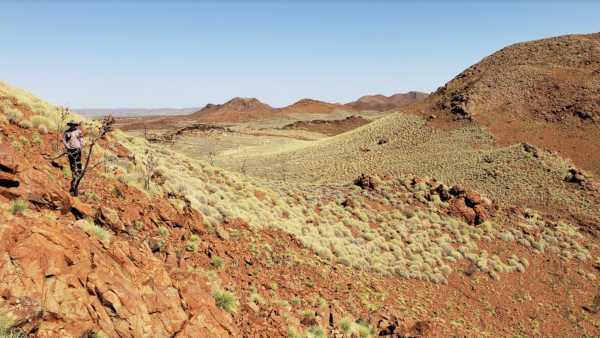
Study raises important questions about Earth's 'oldest' impact crater. Top Stories
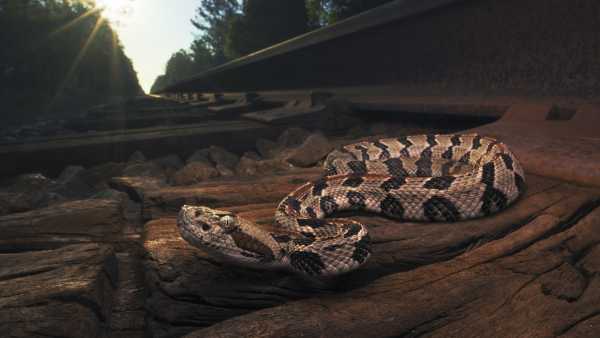
Tourist dies from rare allergic reaction after poisonous snake bite
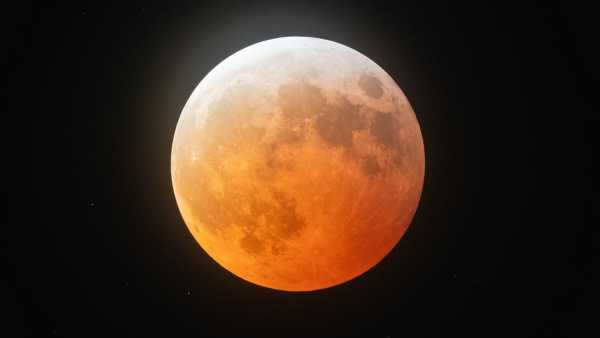
Where to watch the total lunar eclipse on September 7?

FDA warns of possible radioactivity in shrimp

Keratin from sheep wool restores tooth enamel

Neuroimplant deciphers human inner speech

Marine Photographer of the Year 2025 Finalists: Saving Whales and Rocket Jellyfish POPULAR ARTICLES

15 Mistakes Beginner Wildlife Photographers Make: How to Avoid Them
Live Science is part of Future US Inc., a global digital publisher. Visit our website.
- About Us
- Expert contacts
- Terms of Use
- Confidentiality
- Cookies Policy
- Availability
- Affiliate advertising
- Notifications
- Career
- Editorial Standards
Sourse: www.livescience.com




